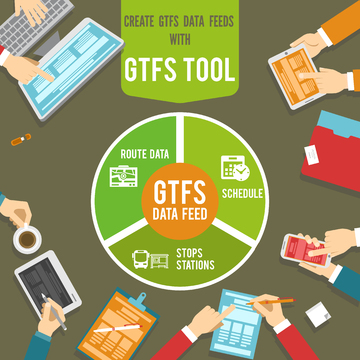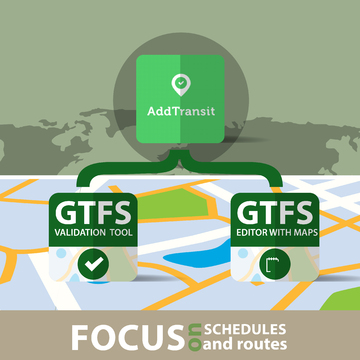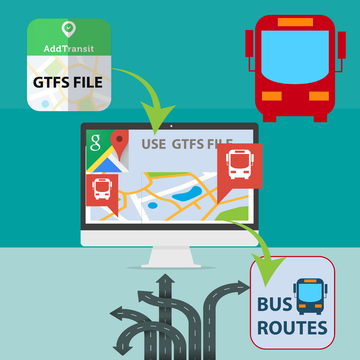Mothering Sunday is March 6th in the UK, and it can be a busy day for transit companies. As riders rush to and from church, and too and from visiting Mum, they may be irritable about family rows or the lack of space on the bus. Here are some ideas for keeping the day running smoothly.

1. Remind your drivers in advance that Mothering Sunday might be an extra busy day. Remind them of the importance of being polite to riders, even and maybe especially to those who are rude. Sometimes all it takes is a smile to turn someone’s day around, and bus drivers are generally so good at this.
Also, have your drivers keep an eye on bus capacity, and cap it if necessary. An overcrowded bus is unsafe and miserable for everyone on board.
2. Will your route or schedule be changing on Mothering Sunday? How will your riders know? Unexpected changes can make even the most passive of us pretty irritated. Your riders expect that information to be online and easily accessible through their smart phones. People are much more likely to take the bus if the process is simple. They want to be able to book their tickets online, and make a clear plan of exactly how they’ll get to their destination and any stops along the way. If things do change, they want to be notified in real time.
We can provide all of this travel planning convenience for your customers. It’s easy and affordable to get your schedules online and provide riders with real time status updates in the case of delays. Contact us and find out how!
3. Are any of your drivers or other employees mothers? Take a moment to appreciate all they do! They might not get to see their families on Mothering Sunday if they are working, so bring a cake into the office, pass out some flowers, or give them each a card. You might also find some ideas in our Employee Appreciation Day post.
We’d love to hear from you! What are you doing to make Mothering Sunday special?
Happy Mothering Sunday from AddTransit!





